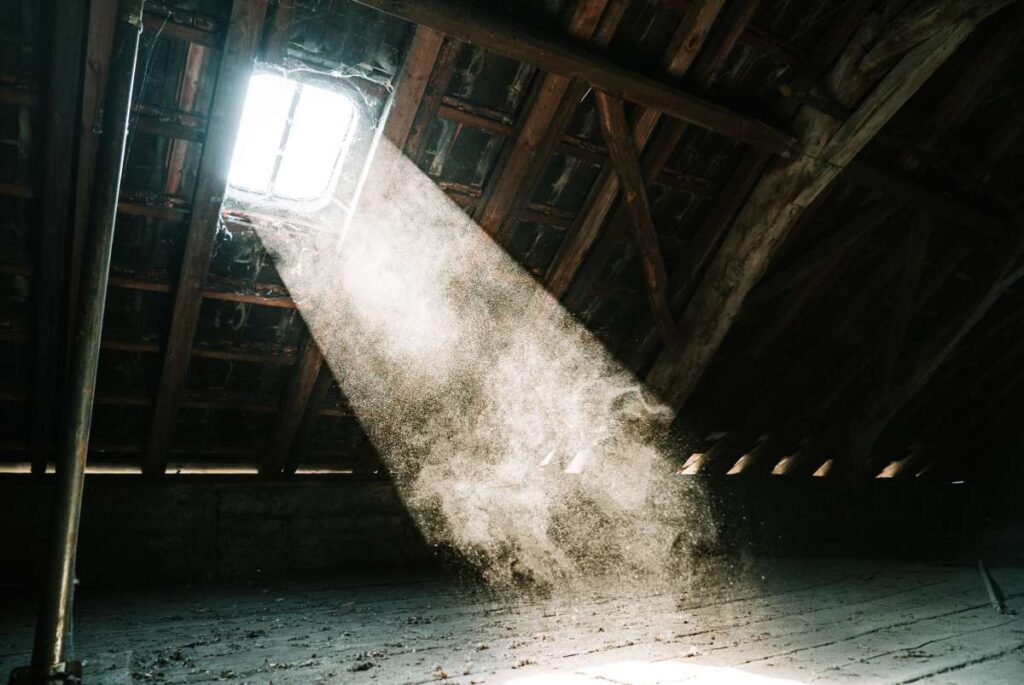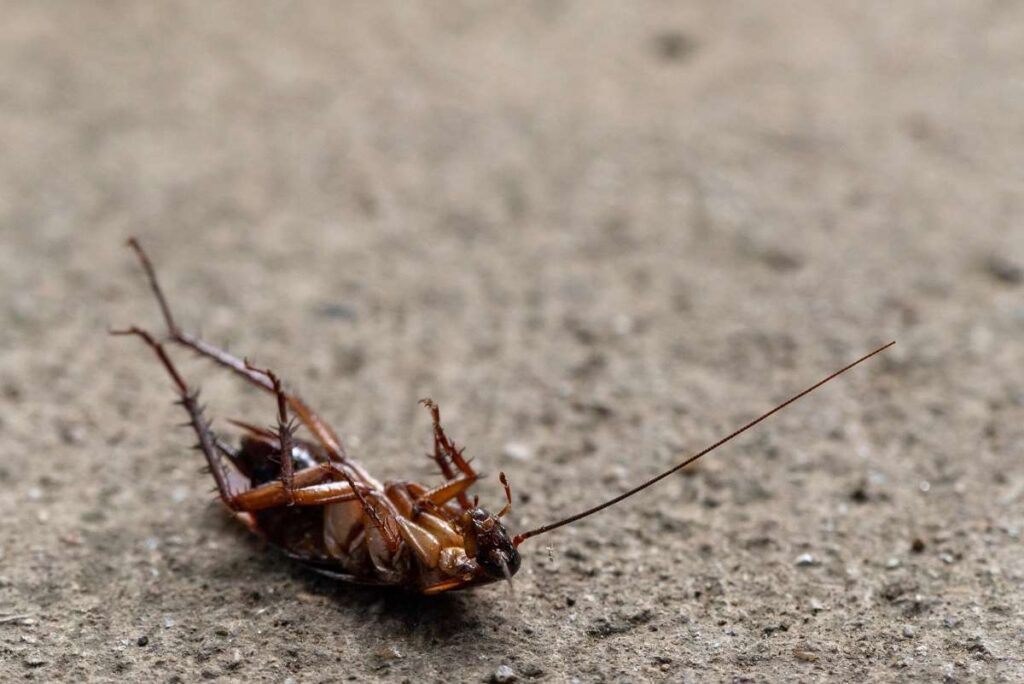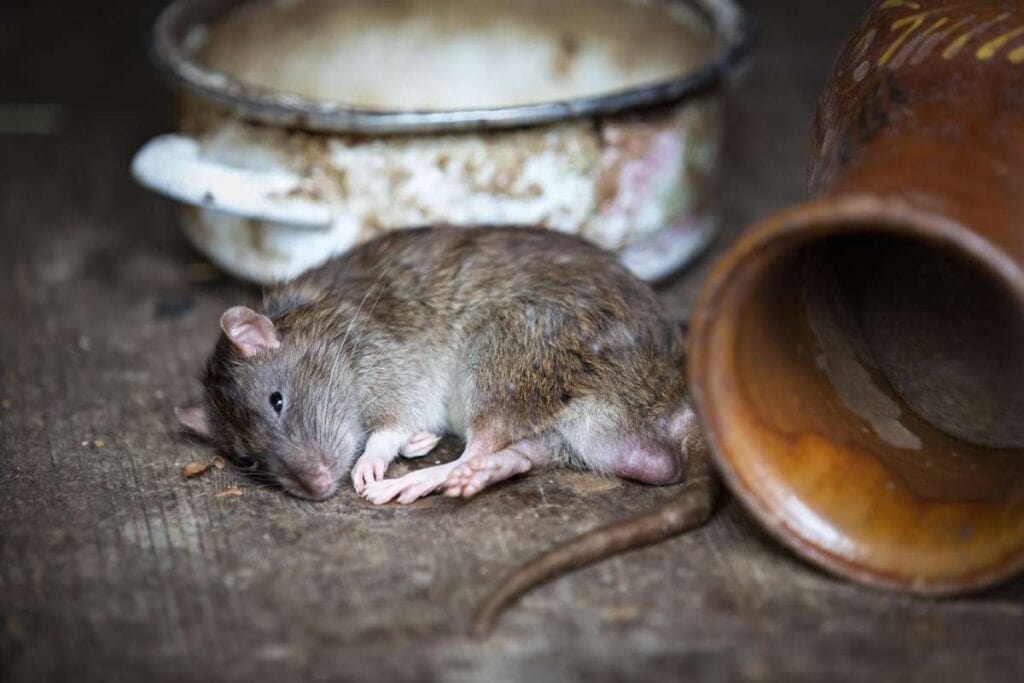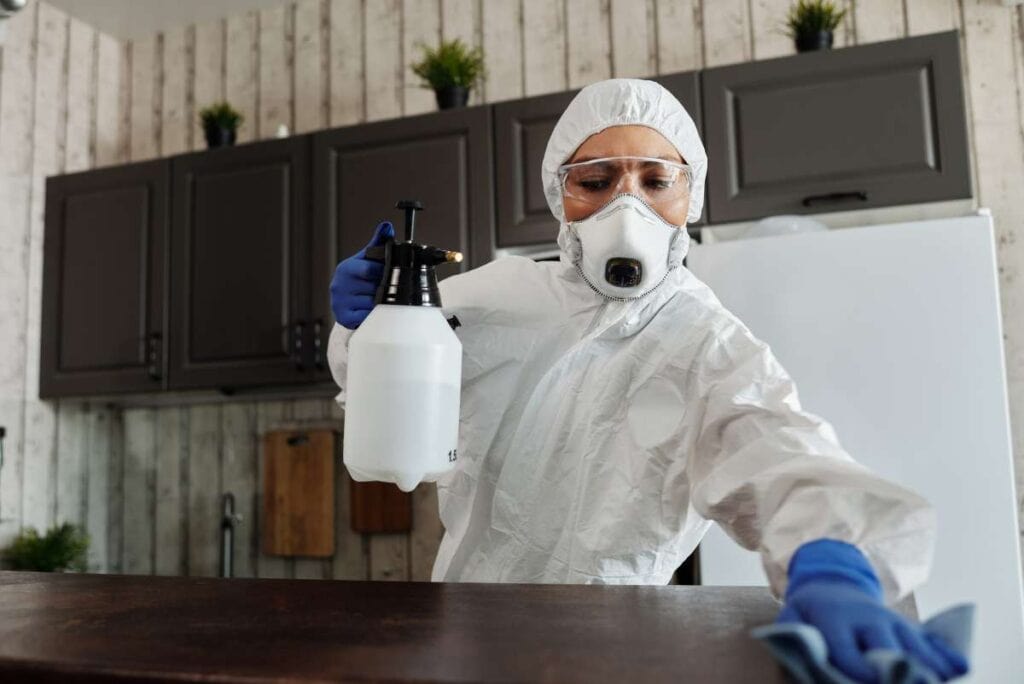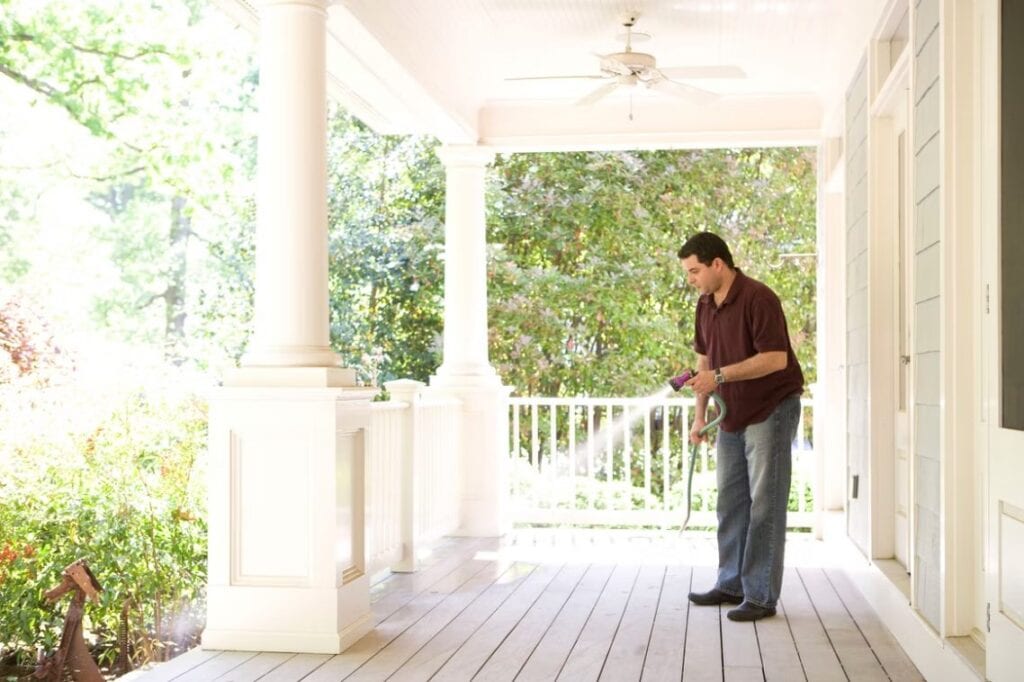One of the leading causes of allergy and asthma attacks in the home is dust mites.
Dust mites may look like tiny bugs, but despite their appearance, they do not bite. However, they can sometimes lead to rashes. Additional allergy symptoms, like sneezing and postnasal drip, may also be present.
Dust mites aren't the same as bedbugs, which leave itchy red welts on your skin after biting you.
Dust mite allergies should be discussed with your doctor if you experience allergy symptoms year-round. Though they are difficult to eradicate entirely, dust mite populations can be controlled and allergy symptoms alleviated in a variety of ways.
What Exactly Are Dust Mites?
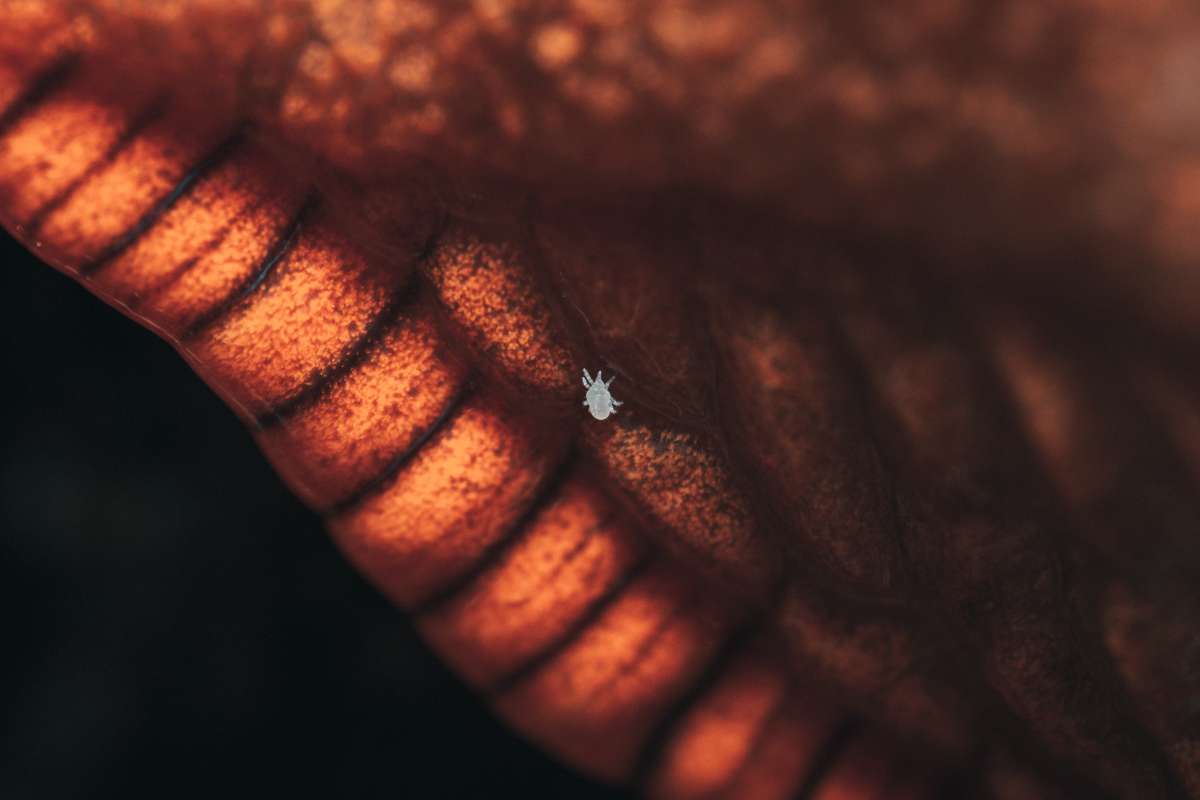
Due to their microscopic size, dust mites are often overlooked. Depending on the species, these tiny arthropods may be no more than a quarter to a third of a millimetre in length. A microscope is required to see these tiny white spider-like creatures, and even then you won't be able to tell them apart from regular dust.
Male dust mites could indeed live for more than a month, and females can live for up to 90 days.
Dust mites thrive in homes because they can feast on human skin debris. The 1.5 grammes of skin dead cells that the average person sheds every day can provide nourishment for as many as a million dust mites.
Beds, couches, and carpets are prime real estate for dust mites because that's where old skin cells tend to accumulate. Dust mites can also thrive in soft furnishings such as rugs and stuffed animals.
Despite their global distribution, dust mites are more common in warm, humid regions. Because of their ability to embed themselves in the fibres of fabric, they can also tag along on relocations, vacations, and business trips.
Allergens in the form of dust mites can trigger allergic reactions in some people. They also shed skin and excrete waste, both of which can irritate sensitive individuals.
How Do Dust Mite 'Bites' Appear?
Dust mites, unlike certain other insects, do not bite. However, these annoying insects can cause rashes in people who are allergic to them. Itching and redness are common symptoms of this.
Inhaling dust mite materials, such as skin and faeces, is a common trigger for allergic reactions.
Allergies to dust mites can cause discomfort throughout the year. Your symptoms may also worsen in the summer when the temperature and humidity are at their highest. These are some of the most frequently encountered symptoms of a dust mite allergy; sneezing, scoughing, post nasal drip, watery or stuffy nose itchy, watery eyes red, itchy skin, and throat irritation.
Asthma attacks may also be triggered by dust mite allergies, albeit the degree to which this occurs depends on the individual.
Side effects include the potential for wheezing, coughing, or chest pain. Nighttime and lying-down may aggravate your discomfort. It's possible that dust mite-related health issues would increase proportionally with the amount of time spent indoors.
Why Are Dust Mites Making You Sick?
It's not like dust mites will bite you or anything. Instead, it's the dust mite faeces that causes illness. The proteins within faeces are just the right size to trigger an allergic reaction in people who are sensitive to dust mites.
The number of those annoying mites you encounter is also significant. Depending on the type of home, dust mite allergies can be one of the most common environmental hazards. You're more prone to experience allergy symptoms if there are a bunch of dust mites in your home.
Dust Mite Removal Tips
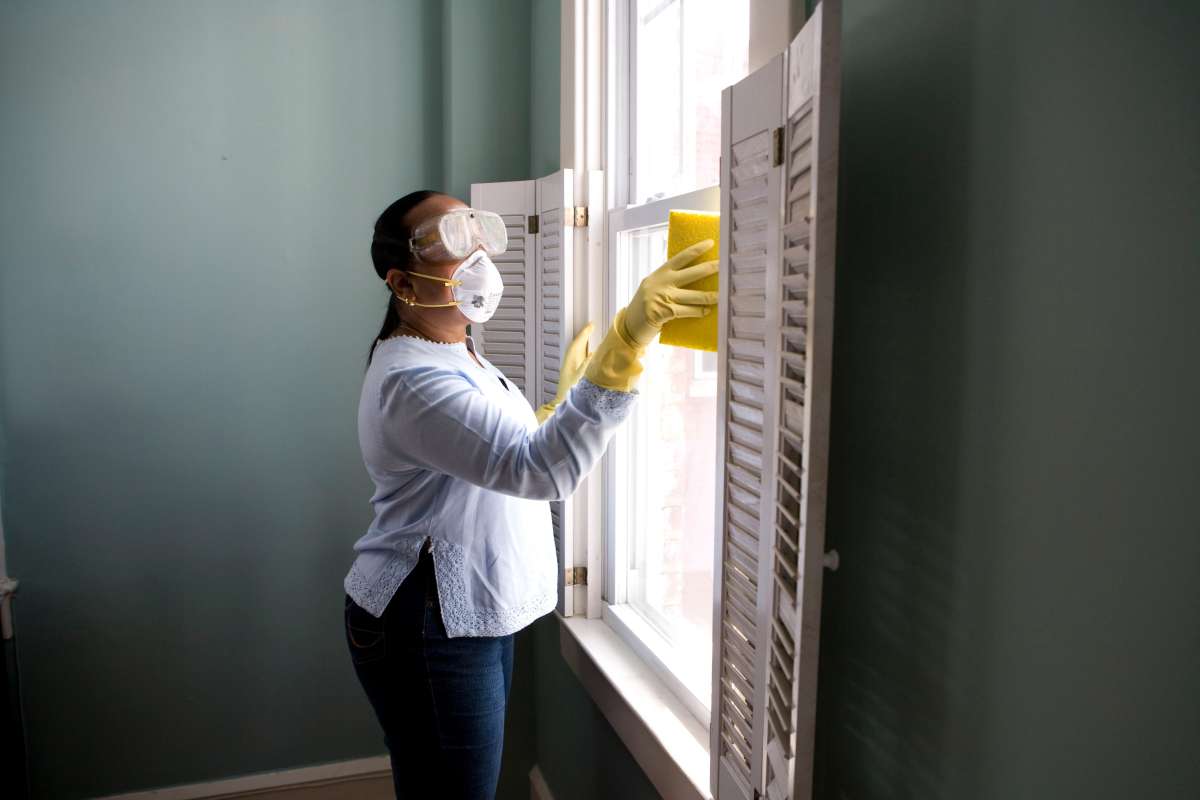
The presence of dust mites can be easily detected: Dust mites can typically be found in close proximity to any source of indoor dust. Dust mites are drawn to human skin flakes in the air as a source of nourishment. Dust mites, which can't be seen, usually aren't dangerous even in large numbers. As opposed to head lice and bed bugs, they do not bite. They don't pose any health risks either. But they leave droppings which can pose a problem for people with asthma and other respiratory conditions.
Dust mites thrive in homes where people spend a lot of time on beds, carpets, and other surfaces that don't get frequently cleaned and act as dust traps. Dust mites are a common household pest that flourish in warm, humid conditions.
Clothes, carpets, and other fabrics can be cleaned of dust mites in a number of different ways. Natural and effective, they will eliminate dust mites immediately. Although eliminating dust mites is a continuous effort, it is necessary to remember that this is the case. Those with dust allergies should take extra care to keep their homes clean on a regular basis.
Frequently Change Your Bedding
Dust mites find our beds to be just as comfortable as we do because of the abundance of dead skin cells they can consume. In order to keep dust mites at bay, it is necessary to regularly change bed linens and clean bedding thoroughly.
Every piece of washable bedding ought to be changed and washed at a minimum of once per week in water heated to at least 130 degrees Fahrenheit, in order to eliminate allergies and kill dust mites. If something can't be washed, it should spend a minimum of 15 minutes every week in a dryer set to high heat. Dust mites can also be killed by placing the object in a plastic bag and freezing it for 24 hours, if it cannot be washed. This would kill the mites but won't get rid of the allergens.
Choose Easy-To-Clean Bedding
Think ahead about dust mite control when shopping for new bedding. Pick out objects that can be cleaned in a washing machine. In this case, a quilt might be preferable to a duvet, which would be too thick for your washing machine. You should also try to get washable cushions.
You should also stay away from dust-attracting materials in your bedding. In comparison to a smooth bedcover, a ruffled one is more likely to collect dust. To save money, don't buy a bedskirt or decorative pillows if you don't need them. This will make it easy to clean your bedding and reduce the number of places dust mites can hide.
Tip: Choosing washable teddy bears and toys and reducing the overall amount of plush toys in a child's bedroom will also help cut down on dust mites. If you have a toy that can't be washed, you could kill the mites by placing it in a plastic bag and freezing it for 24 hours.
Mattress Protective Coverings
Dust mites can be eliminated from your home in a natural way by covering the mattress, bed frame, and pillows with a protective cover. You want to find dust mite-proof covers that zip shut. They'll serve as a wall between your body and the bed or pillow, stopping dust mites from entering or exiting. The barrier will prevent any mites from getting inside and will eventually kill them all because they can't get nourishment.
In order to kill dust mites, beds must be steamed and cleaned at least twice a year, even if they are covered. Also, remember to toss the covers in with your regular laundry once in a while.
Remove the Wall-To-Wall Carpeting
The dust mite population thrives in a carpeted environment. Dead skin cells are attracted to and stuck in the carpet threads, making carpet far more challenging to clean than concrete flooring. As a result, eliminating dust mites from carpet is a challenge.
In many cases, removing wall-to-wall carpeting is the most effective method of reducing the number of dust mites in a given space. Install hard flooring that can be easily cleaned with a mop such as wood, laminate, tiles, or vinyl instead of carpet. To soften the floor and make walking more pleasant, washable floor rugs can be included.
Vacuum Frequently
To lessen the amount of dust in your home, vacuum as frequently as possible, preferably every day but at the very least once a week. If you cannot wash your carpet, it is recommended that you vacuum it frequently. To trap the dust that your vacuum picks up, use a HEPA filter or a microfilter bag with two layers.
Cleaning with steam at a temperature of a minimum of 200 degrees Fahrenheit is also effective against dust mites. As you continue to keep up with your normal vacuuming, you can space these out seasonally.
Tip: Dust and dust mites are also attracted to upholstered fabric furniture. It is best to get rid of the mites by using washable coverings or switching to hard surface furniture. The best way to keep dust mites at bay is to vacuum furniture at least once a week and use a steamer once a season. Before using the steam cleaner on your upholstery, try a small area in an inconspicuous part of the fabric to ensure that it is safe.
Reduced Room Temperatures
Dust mites can't be eliminated completely, but their reproduction and spread will be slowed by keeping the house cold. The optimal temperature range for dust mites is between 72 and 86 degrees Fahrenheit.
So, to assist lessen their occurrence, keep your house at no more than 68 ° Fahrenheit. You can reduce the number of dust mites in a room by closing the vents to it if you don't use it often, like a spare bedroom.
Reduce Indoor Humidity

Humidity is a breeding ground for dust mites. While a venting fan can swiftly remove moisture from a steamy bathroom, other variables such as leaking windows, damp crawl areas, and inefficient ductwork can influence the overall relative humidity in a home.
The use of a hygrometer to monitor relative humidity and making any necessary adjustments will help you maintain a level of humidity below 50%, which is ideal for controlling dust mites. Dehumidifiers, moisture barriers, opening windows on breezy days, properly functioning vents and fans, and other measures can all help bring humidity levels down.
Remove any heavy window coverings
Take down the heavy drapes and wash the window treatments on a regular basis. Without regular cleaning, they'll soon become dusty and a breeding ground for dust mites.
Replace them with machine-washable drapes or wooden panels that just need a regular dusting. Light and privacy can be blocked out and personal space protected just as effectively by machine-washable, lined curtains as they can by bulky drapes. Avoiding dust mites won't need giving up form or function.
Tip: When it comes to getting rid of dust mites, it's not just curtains that should be washed on a regular basis; the same goes for any hanging garments that you don't use often. Protect your off-season and rarely-worn garments from dust by storing them in sealed containers or garment bags.
Clutter Should Be Reduced
Dust tends to accumulate in disorganised spaces. If you don't regularly rearrange and dust your possessions, whether they're stacked in a corner or on show, dust will settle on everything. And as a result, dust mites will set up shop there.
If you don't want dust mites to set up shop in your home, then you should maintain it as clean and tidy as possible. Don't leave too much stuff out, so you can easily dust everything on a regular basis. Glass-enclosed storage cabinets are great for preventing dust from settling on collections that you plan to show. Or, to make dusting easier, switch out the items on display regularly.
Upgrade HVAC Air Filters
The HVAC system in a house has a significant role in determining the level of dust in the air and on the surfaces within. In a well-functioning system, the filter will collect dust, which will be removed along with the dust mites. Try to find a premium filter that is compatible with your device.
Room air purifiers are an alternative to a centralised HVAC system for removing allergens including dust or dust mites. Regularly check the manufacturer's recommendations for how often you should clean or replace the filters in your heating, ventilation, and air conditioning (HVAC) system or air purifier. Add in the filters for your window air conditioner, humidifier, dehumidifier, range hood, clothes dryer, and vacuum.
Conclusion
Among the most common triggers for allergic reactions and asthma attacks is the presence of dust mites in the home. These arthropods are so small that their entire body length might not exceed a single millimetre. Dust mites are able to thrive in homes because they feed on dead skin cells. In warm and humid environments, dust mites proliferate and become a nuisance in the home. They don't bite like other pests, such as head lice and bed bugs.
Beds, carpets, and other dust-trapping surfaces are breeding grounds for dust mites in homes with lots of people. Bedding that can be washed in a washing machine should be changed and washed at least once per week in water that is at least 130 degrees Fahrenheit. Alternatively, if you are unable to wash the item, you can place it in a plastic bag and freeze it for 24 hours, which will kill any dust mites present. Dust mites and dead skin cells thrive in carpets. Skin cells that have died off stick to the carpet fibres.
The best way to get rid of the mites is to get rid of the wall-to-wall carpet that is hiding the floor. Regular vacuuming is the best way to minimize dust accumulation at home. Get rid of the bulky drapes and wash the window coverings regularly. In order to keep dust mites at bay, humidity levels should be kept at or below 50% at all times. Some solutions to this problem include the use of dehumidifiers, moisture barriers, ventilation and fan systems that are in good working order, and opening windows on breezy days.
Content Summary
- One of the leading causes of allergy and asthma attacks in the home is dust mites.
- Dust mite allergies should be discussed with your doctor if you experience allergy symptoms year-round.
- Though they are difficult to eradicate entirely, dust mite populations can be controlled and allergy symptoms alleviated in a variety of ways.
- Allergens in the form of dust mites can trigger allergic reactions in some people.
- Instead, it's the dust mite faeces that causes illness.
- Depending on the type of home, dust mite allergies can be one of the most common environmental hazards.
- In order to keep dust mites at bay, it is necessary to regularly change bed linens and clean bedding thoroughly.
- Pick out objects that can be cleaned in a washing machine.
- You should also stay away from dust-attracting materials in your bedding.
- In many cases, removing wall-to-wall carpeting is the most effective method of reducing the number of dust mites in a given space.
- If you cannot wash your carpet, it is recommended that you vacuum it frequently.
- Tip: Dust and dust mites are also attracted to upholstered fabric furniture.
- The best way to keep dust mites at bay is to vacuum furniture at least once a week and use a steamer once a season.
- You can reduce the number of dust mites in a room by closing the vents to it if you don't use it often, like a spare bedroom.
- The use of a hygrometer to monitor relative humidity and making any necessary adjustments will help you maintain a level of humidity below 50%, which is ideal for controlling dust mites.
- Remove any heavy window coverings
- Take down the heavy drapes and wash the window treatments on a regular basis.
- Replace them with machine-washable drapes or wooden panels that just need a regular dusting.
- Tip: When it comes to getting rid of dust mites, it's not just curtains that should be washed on a regular basis; the same goes for any hanging garments that you don't use often.
- Protect your off-season and rarely-worn garments from dust by storing them in sealed containers or garment bags.
- If you don't regularly rearrange and dust your possessions, whether they're stacked in a corner or on show, dust will settle on everything.
- If you don't want dust mites to set up shop in your home, then you should maintain it as clean and tidy as possible.
- The HVAC system in a house has a significant role in determining the level of dust in the air and on the surfaces within.
- Room air purifiers are an alternative to a centralised HVAC system for removing allergens including dust or dust mites.
- Regularly check the manufacturer's recommendations for how often you should clean or replace the filters in your heating, ventilation, and air conditioning (HVAC) system or air purifier.
FAQs About Dust Mites Control
Dust mites thrive in warm, humid environments because they feed on dead human skin cells. Dust mites thrive in the warm, humid conditions provided by the bedding, upholstered furniture, and carpeting found in most homes.
The average lifespan of a male dust mite is over a month, while a female can live up to 90 days. Dead skin cells are the primary food source for dust mites, which explains why they are so common in people's homes. People can produce as much as one million dust mites per square foot per day, which can be fed on by 1.5 grams of dead skin cells shed per day.
To get rid of dust mites and other allergens, it's best to wash your sheets, blankets, pillowcases, and bedcovers in water that's at least 130 degrees Fahrenheit (54.4 degrees Celsius) hot. Mites can be killed by drying bedding at a temperature of at least 130 degrees Fahrenheit (54.4 degrees Celsius) for at least 15 minutes if it can't be washed at a high temperature.
Those pesky allergens can hitchhike on your family's fur, feathers, and fabric, in addition to hiding out in carpet and forgotten corners. Consider the possibility of dust mites building up on your bedding and seasonal clothing while they are in storage.
As a result, dust mites can be found just about anywhere. They occur naturally, and their small size makes them well-suited for life in and around human dwellings. However, some houses have significantly more dust mites than the others.

